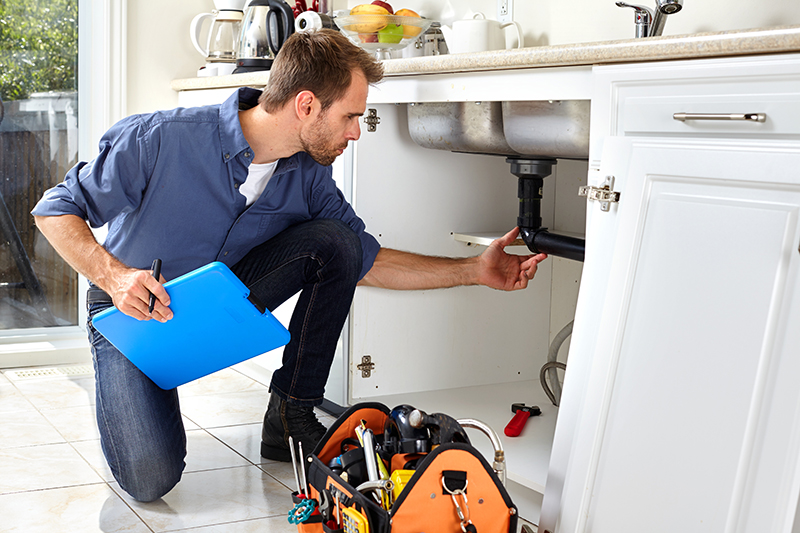Plumbing Safety Tips for DIY Homeowners
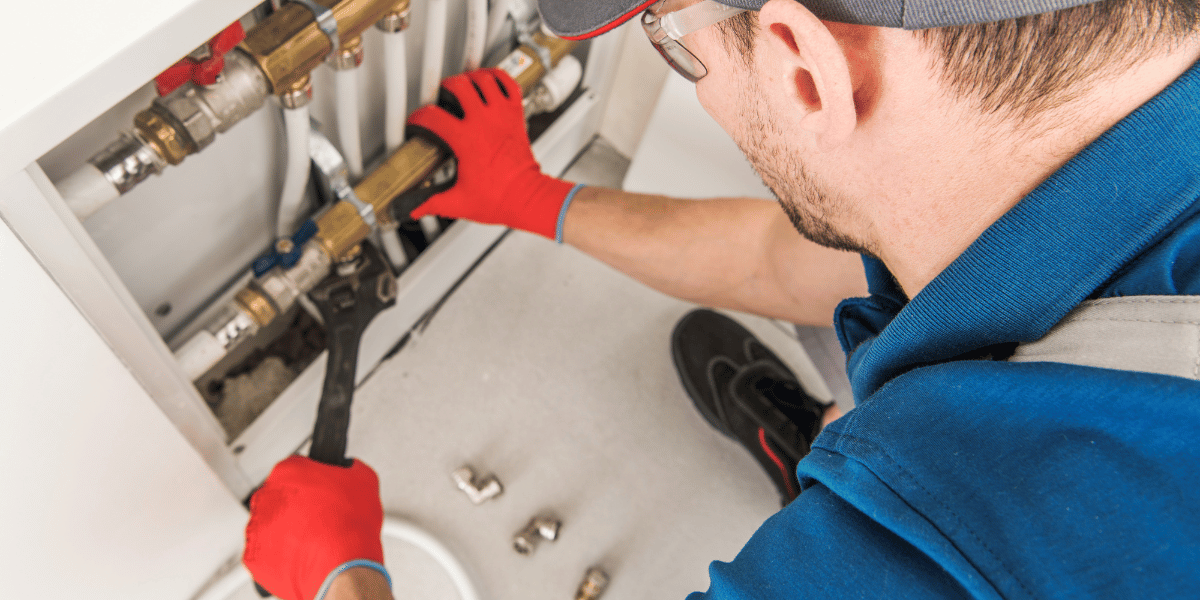
Taking on plumbing projects yourself can save money and be rewarding, but it also comes with risks. Ensuring safety is paramount to avoid accidents, damage, and costly repairs. This article provides essential plumbing safety tips for DIY homeowners, complete with practical advice, checklists, and answers to common questions.
Why Plumbing Safety Matters
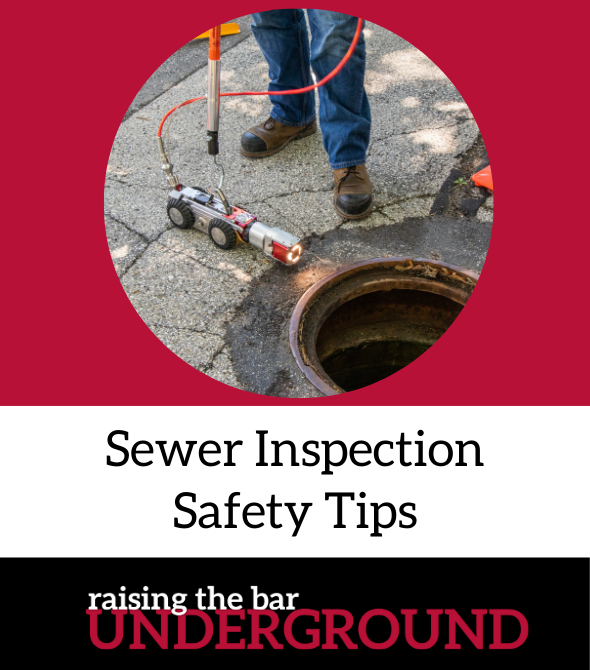
Plumbing involves working with water, tools, and sometimes electricity. Mistakes can lead to water damage, electrical hazards, or personal injury. Understanding safety protocols helps protect your home and health.
Essential Plumbing Safety Tips
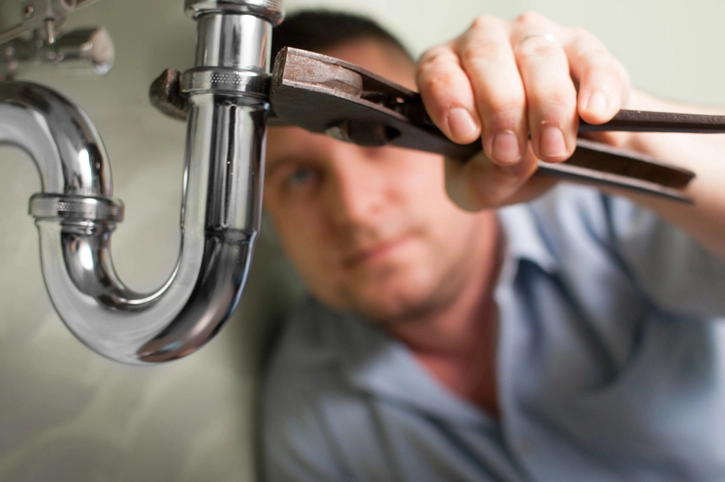
| Safety Tip | Description |
|---|---|
| Turn Off Water Supply | Always shut off the main water valve before starting any plumbing work to prevent flooding. |
| Use Proper Tools | Use tools designed for plumbing tasks to avoid damage and injury. |
| Wear Protective Gear | Gloves, goggles, and appropriate clothing protect against chemicals and sharp objects. |
| Check for Electrical Hazards | Be cautious around electrical outlets and wiring near plumbing fixtures. |
| Ventilate the Area | Ensure good airflow when using chemical cleaners or soldering pipes. |
| Follow Manufacturer Instructions | Read and adhere to guidelines for all plumbing products and tools. |
Step-by-Step Safety Checklist for DIY Plumbing
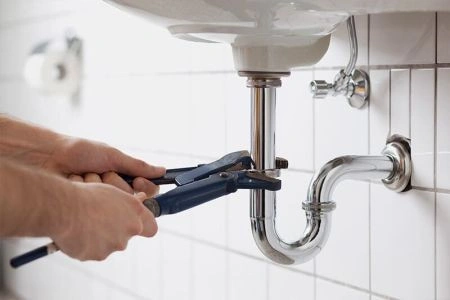
- Plan Your Project: Understand the scope and required materials.
- Turn Off Utilities: Shut off water and electricity if necessary.
- Gather Tools and Safety Gear: Prepare all needed equipment.
- Inspect Work Area: Look for hazards like mold, leaks, or unstable surfaces.
- Work Methodically: Follow instructions carefully and avoid shortcuts.
- Test for Leaks: After completing work, check all connections.
- Clean Up Safely: Dispose of waste materials properly and store tools securely.
Common Plumbing Hazards and How to Avoid Them
- Water Damage: Prevent by shutting off water and using buckets or towels.
- Chemical Exposure: Use gloves and masks when handling cleaners.
- Electrical Shock: Avoid working near live wires; turn off power if needed.
- Tool Injuries: Use tools correctly and keep them in good condition.
Frequently Asked Questions (FAQ)
Q1: Can I fix a leaking pipe myself?
A: Small leaks can often be fixed with proper tools and materials, but extensive damage requires a professional.
Q2: How do I know if the water supply is fully shut off?
A: Turn on a faucet after shutting off the main valve; if no water flows, it’s off.
Q3: What protective gear should I wear?
A: Gloves, safety goggles, and sometimes masks depending on the chemicals used.
Q4: When should I call a professional plumber?
A: If you encounter complex issues, persistent leaks, or electrical hazards, it’s safer to hire an expert.
Conclusion
DIY plumbing can be safe and effective when you follow these safety tips. Proper preparation, the right tools, and awareness of hazards will help you complete your projects successfully and protect your home and family.
Feel free to use this guide as a reference for your next plumbing project!
